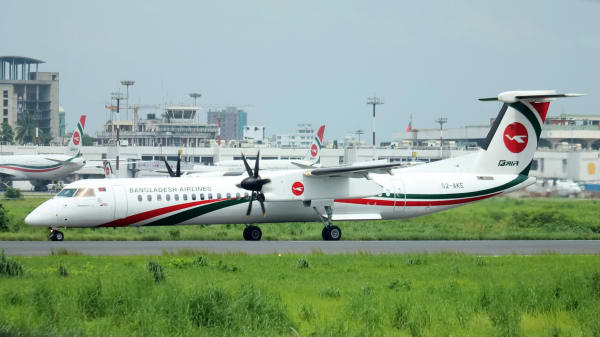Understanding Aircraft Maintenance Regulations
The seamless operation of any aircraft, whether it's a commercial airline or a private jet, requires observance of crucial Aircraft Maintenance Regulations (AMRs). Established by the Federal Aviation Administration (FAA) in the United States, and mirrored by comparable organizations worldwide, these regulations help ensure flight safety.
Let's dig deeper into these regulations, understand why they're so crucial, how they are enforced, and what happens when they aren't adhered to.
What Are Aircraft Maintenance Regulations?
Aircraft Maintenance Regulations are comprehensive sets of rules governing how aircraft should be maintained and repaired. These regulations highlight safety protocols, procedural standards, and qualification requirements for aviation maintenance staff.
Some primary regulations include:
- FAA Part 43 – This governs the maintenance, preventive maintenance, rebuilding, and alteration of aircraft.
- FAA Part 65 – This specifies certification and qualification requirements for aviation mechanics.
- FAA Part 91 subtitled 'General Operating and Flight Rules', with Subpart E specifically addressing aircraft maintenance.
Similar regulatory frameworks exist in other countries, managed by equivalent agencies such as the European Union Aviation Safety Agency (EASA) in Europe and the Civil Aviation Safety Authority (CASA) in Australia.
Why Are Aircraft Maintenance Regulations Important?
Aircraft maintenance regulations hold vital importance for various reasons:
- Safety - These regulations ensure every aircraft is safe for operation, safeguarding the life of passengers, crew members, and people on the ground.
- Aircraft Longevity - Regular and proper maintenance ensures the aircraft remains operational for longer, leading to substantial cost savings.
- Reliability - Consistent adherence to maintenance regulations ensures the reliable operation of aircrafts, avoiding unexpected breakdowns or technical faults.
Regulatory Compliance and Enforcement
Compliance with Aircraft Maintenance Regulations is non-negotiable and is rigorously enforced by aviation regulating bodies globally.
The FAA, for example, conducts regular audits of maintenance organizations, be it airlines, repair stations, or certification schools. These audits check for compliance with the set regulations, ensuring that corrective measures are taken against any identified issues or non-compliance.
Failure to comply can lead to:
- Fines and Penalties - Any breach of the AMR could result in hefty penalties for the offending party.
- Suspension or Revocation of Certificates - Serious or repeated offences could lead to the suspension or complete revocation of the FAA certification, prohibiting the party from conducting any further maintenance operations.
Aircraft Maintenance Regulations and the Technician
It's crucial for aviation technicians to understand and master these regulations, as their everyday operations directly impact the safety of aircraft operations.
Here's how AMRs impact them:
- Education and Training - Technicians receive training specific to these regulations, facilitating proper maintenance practices and up-to-date knowledge of current regulatory standards.
- Career Advancement - Staying compliant and showcasing profound understanding of these regulations can provide technicians with better career progression opportunities.
- Responsibility and Accountability - Technicians are held accountable for their work. Any negligence could lead to severe consequences not just for their career but also for the lives of others.
Overall, aircraft maintenance regulations play an essential role, ensuring consistent upkeep of aircraft, efficient operation, and above all, safety of lives. Understanding these regulatory standards is vital for all involved in the aviation industry. Adhering to these regulations ensures we have safe, reliable aircraft taking to the skies, delivering the true joy of flying.
The Future of Aircraft Maintenance Regulations
With the aviation industry constantly evolving, Aircraft Maintenance Regulations are also not static. They evolve and adapt with advancements in technology and industry requirements, ensuring optimal safety and performance of aircraft.
The emergence of AI, drones, and electric aircraft are just a few examples set to influence Aircraft Maintenance Regulations shortly. The challenge for the FAA and other regulating agencies worldwide will be to balance innovation with safety, always opting for a cautious approach in establishing and enforcing future regulations.
In conclusion, Aircraft Maintenance Regulations provide a guiding framework for the upkeep, repair, training, and overall safety in the aviation industry. Evolving with the times, these regulations play a crucial role in ensuring the safe and ripe future for aviation worldwide. Knowledge of these regulations is not only crucial for those in the aviation industry but also beneficial for frequent fliers and aviation enthusiasts. The union of humankind and aviation is a fascinating spectacle. The meticulous dance of man and machine, regulated for utmost efficiency and safety, promises an exciting future for the industry.




